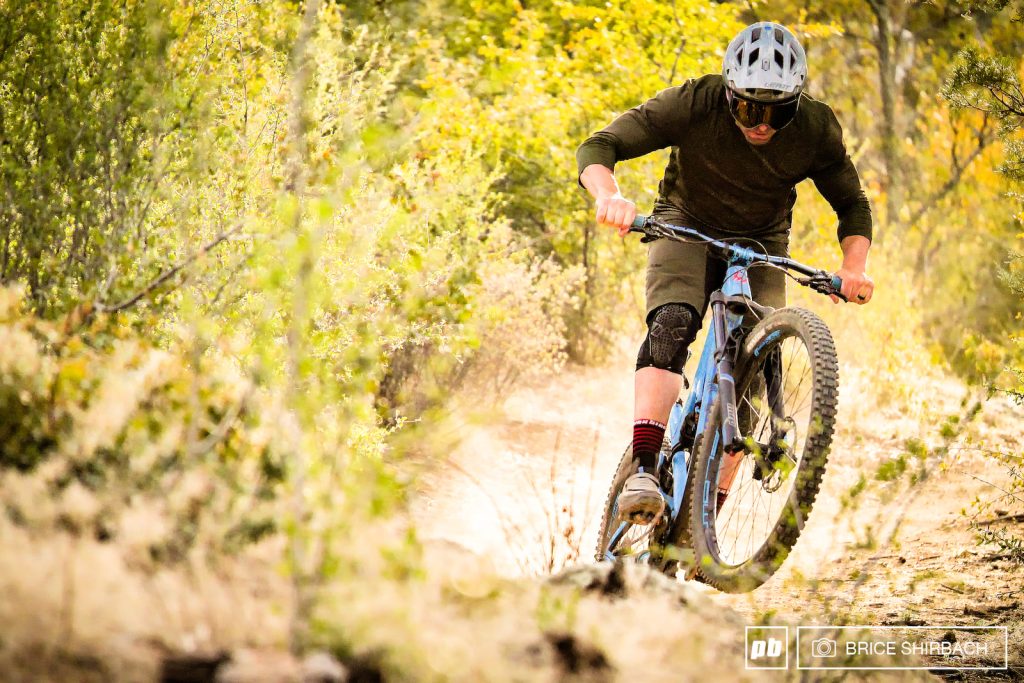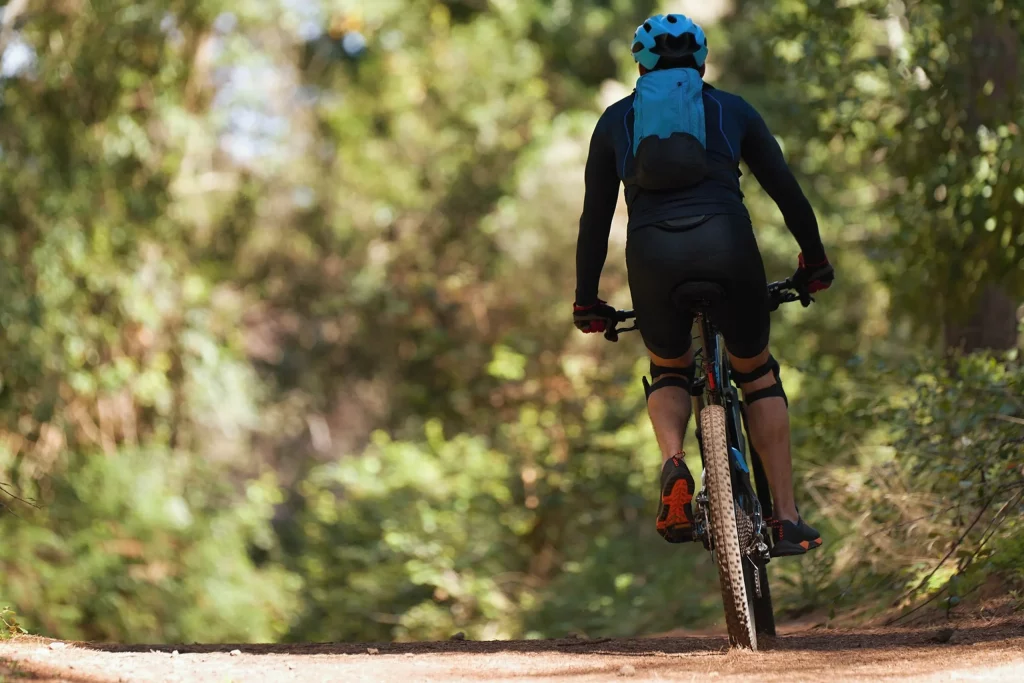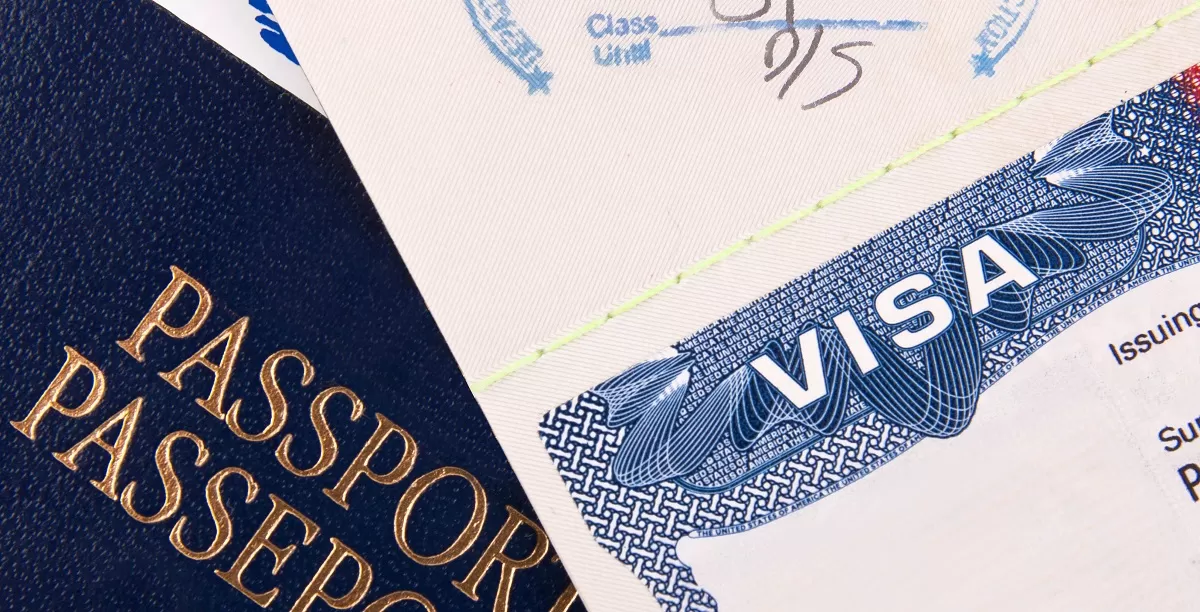The time it takes to cycle 2 miles can vary depending on several factors, including your fitness level, the type of bike you’re using, the terrain, and your riding speed. On average, for a reasonably fit cyclist riding a standard road bike on flat terrain, it might take around 10-12 minutes to cover a distance of 2 miles.
However, this time can be significantly shorter for more experienced or faster cyclists and longer for beginners or those riding on hilly terrain. It’s essential to consider your individual circumstances and adjust your expectations accordingly.
Let’s explore more details together. Keep Reading!
Influential Factors Shaping Your Two-Mile Cycling Journey

Confidence of the Rider: A positive mindset and self-assurance can boost your performance. A confident cyclist tends to ride faster and more efficiently, while a negative mindset can lead to slower progress. Cultivating a positive mental outlook can help you triumph over mental barriers and enhance your riding speed.
Route Elevation: The terrain’s gradient is a significant determinant of your cycling speed. Uphill climbs require more effort and can significantly slow you down, while downhill sections can provide a speed boost. Steeper ascents, in particular, can hamper your pace and result in a slower journey.
Familiarity with the Cycling Route: Knowing the route you’re cycling is crucial. Navigating an unfamiliar, technical trail for the first time often leads to cautious riding, which can limit your speed for safety reasons. Conversely, being intimately familiar with a route allows for faster riding. Tools like Google Maps can help you understand the course better and make more informed decisions.
Total Route Distance: The length of your chosen route affects your performance. Longer routes can be more demanding, depleting your energy stores and causing the accumulation of lactic acid, which can affect your endurance and sustained speed. Short sprints may be easier to maintain than extended rides at a high pace.
Bike Trails: Riding on rugged and uneven bike trails can slow you down. The challenging terrain requires vigilant navigation and can impede your pace, especially when compared to the smoother surfaces of flat roads.
Bike Condition: Proper bike maintenance is essential. Neglecting your bike’s upkeep can lead to rust and reduced performance, ultimately affecting your efficiency. Maintaining your bike in its optimal condition enhances your cycling experience but also ensures your bike operates at its best.
| ike Type | Average Speed (mph) | Average Speed (kph) | Time to Bike 1 mile | Time to Bike 2 miles | Time to Bike 3 miles | Time to Bike 4 miles | Time to Bike 5 miles |
| Mountain | ~12 mph | ~19 kph | 5:00 | 10:00 | 15:00 | 20:00 | 25:00 |
| Hybrid | ~13.3 mph | ~21.4 kph | 4:30 | 9:01 | 13:32 | 18:03 | 22:33 |
| Gravel | ~15 mph | ~24.1 kph | 4:00 | 8:00 | 12:00 | 16:00 | 20:00 |
| Road | ~16 mph | ~25.8 kph | 3:45 | 7:30 | 11:15 | 15:00 | 18:45 |
Weather Conditions: Environmental factors can play a significant role in your ride. Riding against a strong headwind can extend your travel time, while a tailwind can expedite your journey. Rain can affect visibility and increase rolling resistance, reducing your speed. Hot weather might require you to pace yourself to avoid overheating.
Air Resistance: Air resistance contributes a substantial portion to your overall resistance. Minimizing air resistance is essential for boosting speed. This involves optimizing your riding position and considering the aerodynamics of your attire. Loose or flapping clothing can increase drag and effort, slowing you down.
Fitness Level: Your physical condition and expertise as a cyclist have a profound influence on your speed. Experienced and fit cyclists tend to outpace novices. Your fitness level is often the primary factor dictating your biking speed.
Check it:
| Skill Level | Average Speed (mph) | Average Speed (kph) |
| Beginner | ~9.3 mph | ~15 kph |
| Intermediate | ~14.3 mph | ~23 kph |
| Advanced | ~18.6 mph | ~30 kph |
| Pro | ~24.9 mph | ~40 kph |
Real-World Cycling Speed Statistics: Insights from Stravaig’s 2018 Data
The average speed for cycling typically falls within the range of 10 to 14 mph (16 to 22.5 km/h). Going beyond this generalization, it’s insightful to delve into real-world statistics for a more reliable assessment of the average cycling speed. In 2018, Strava, the renowned bike ride tracking platform, compiled data from an impressive 5.2 billion miles of bike rides. From this extensive dataset, it was determined that the mean cycling speed averaged 13.5 mph (21.72 km/h).
However, it’s vital to note that the data from Strava primarily comprises cyclists who are keen on tracking and analyzing their riding statistics. These enthusiasts tend to exhibit faster riding speeds on average, as their dedication to cycling is often more substantial than that of the casual rider.
Furthermore, the data encompasses both male and female cyclists, offering an intriguing insight into how these two genders compare in their average riding velocities.
Estimating Your Journey: How Long Does It Take to Bike 2 Miles?
Cycling at an average speed spanning 10 to 14 mph (16 to 22.5 km/h), the time required to cover a two-mile distance falls within the range of 10 to 12 minutes. Yet, these numbers merely scratch the surface of the multifaceted aspects influencing your biking duration.
It’s essential to recognize that there’s always room for enhancing your cycling velocity. So, if you find yourself on the slower side of this spectrum, fret not! We’ll delve into a treasure trove of invaluable tips to elevate your cycling prowess shortly.
Peruse the table below, outlining the average time needed to traverse a two-mile stretch, accounting for diverse levels of cycling proficiency:
- Beginner Cyclists: 12 minutes
- Intermediate Cyclists: 7 minutes and 30 seconds
- Advanced Cyclists: 6 minutes
- Professional Cyclists: 5 minutes
Cycling for Real-World Benefits
Cycling goes beyond just fun; it’s a gateway to real achievements. Many use it to explore the world naturally.
Also, it is not only an adventure but also a fitness tool. Even a short 2-mile ride daily brings many advantages. It helps manage weight and boosts weight loss potential.
In addition, it stirs your competitive spirit and enhances overall health. It’s not just about enjoyment; it’s about reaping the benefits. To do this, create a well-structured plan, no matter your bike choice. Consistency is key.
When crafting your plan, remember:
- Set clear goals for what you want to achieve.
- Prioritize your health and consider any medical conditions.
- Adapt your plan to the type of terrain you’ll encounter.
- Choose your riding style based on your goals, whether it’s endurance, speed, or a mix of both.
How Many Calories Do I Burn Biking 2 Miles?

Burning calories while biking for 2 miles depends on your speed and effort. Here’s a basic idea:
- At a casual pace of 12 mph, you might burn around 60 to 80 calories for a 2-mile ride.
- If you bike faster and harder, like 15-17 mph, you can burn approximately 298 to 372 calories in just 30 minutes.
FAQ’s
What’s the fastest bike type?
Road bikes are the fastest and most efficient bike type, ideal for long-distance riding and speed due to low rolling resistance, an aggressive riding position, lightweight, and aerodynamic design.
How long does it take to ride 2 miles on a road bike?
It takes around 7 minutes and 30 seconds to cover two miles on a road bike at an average speed of 16 mph. With improved fitness and riding position, you can achieve around 4 minutes at an average speed of 25 mph.
How long does it take to ride 2 miles on a mountain bike?
Riding two miles on a mountain bike typically takes about 10 minutes, with an average speed of approximately 12 mph. Mountain bikes have higher rolling resistance due to wide, knobby tires and a more relaxed design.
How long does it take to ride 2 miles on a gravel bike?
Riding two miles on a gravel bike usually takes around 8 minutes at an average speed of 15 mph. Speed depends on tire choice, but gravel bikes can easily maintain this pace on varied terrain.
How long does it take to ride 2 miles on a hybrid bike?
Riding two miles on a hybrid bike takes around 9 minutes, assuming an average speed of 13.3 mph. Speed may be slower in hilly or off-road terrain.
How can I bike 2 miles faster?
To bike faster, reduce air resistance by optimizing your riding position, lower your aerodynamic drag coefficient [CdA]. Other ways to increase speed include training and fitness improvement, using a bike with lower rolling resistance tires, pacing yourself, or enjoying downhill stretches.
Final Words
To wrap up, the time it takes to cycle 2 miles is subject to a range of variables, making it a flexible measure. Your fitness level, choice of bike, the terrain, and your riding speed all play crucial roles in determining the duration of your ride.
While it may take an average cyclist around 10-12 minutes to cover this distance, individual circumstances can result in significantly shorter or longer times. Ultimately, the key is to adapt your expectations based on your unique conditions and goals, allowing for a more enjoyable and successful cycling experience.











